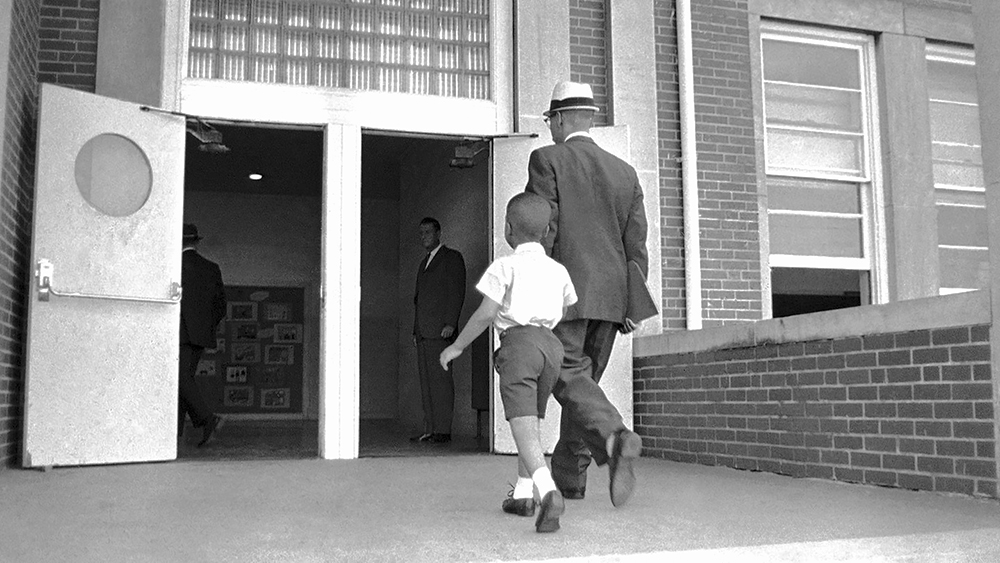The desegregation of schools across the United States refers to the process of eliminating racial segregation in public schools. Prior to the mid-20th century, racial segregation was widespread, with African American students attending separate schools that were often underfunded and of inferior quality compared to schools for white students. The landmark Supreme Court case that set the stage for desegregation was Brown v. Board of Education of Topeka in 1954. The Court declared that racial segregation in public schools was unconstitutional, overturning the “separate but equal” doctrine established by the earlier Plessy v. Ferguson case in 1896. The ruling in Brown v. Board of Education stated that segregated educational facilities were inherently unequal and violated the Fourteenth Amendment’s Equal Protection Clause.

Following the Brown decision, efforts were made to implement desegregation, but progress was slow and faced significant resistance. Many southern states, in particular, resisted desegregation and employed various tactics to maintain segregation, such as implementing “massive resistance” laws and using school closures to prevent integration.
In 1957, the Little Rock Nine, a group of nine African American students, faced violent opposition when they attempted to integrate Little Rock Central High School in Arkansas. President Dwight D. Eisenhower had to send federal troops to protect the students and enforce court-ordered desegregation.

The Civil Rights Act of 1964 and the Voting Rights Act of 1965 played significant roles in further advancing desegregation efforts. The Civil Rights Act prohibited racial discrimination in public facilities, including schools, while the Voting Rights Act aimed to protect the voting rights of African Americans, who had faced widespread voter suppression.
Over time, desegregation efforts continued, with court cases and federal policies pushing for integration. Busing, for instance, became a controversial strategy implemented in some areas to achieve racial balance by transporting students to schools outside their neighborhoods.

Despite progress, achieving full desegregation has been a complex and ongoing process. Many schools in the United States today still struggle with issues related to racial and socioeconomic segregation, as residential patterns and funding disparities contribute to educational inequities.
Efforts to address segregation and promote equal educational opportunities remain important topics of discussion and advocacy in the United States.

